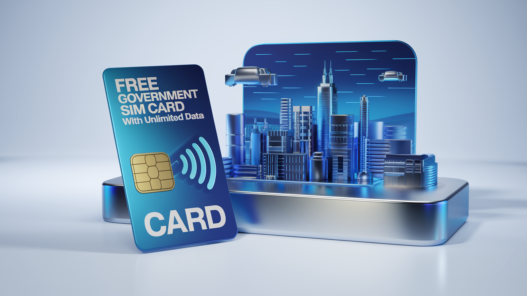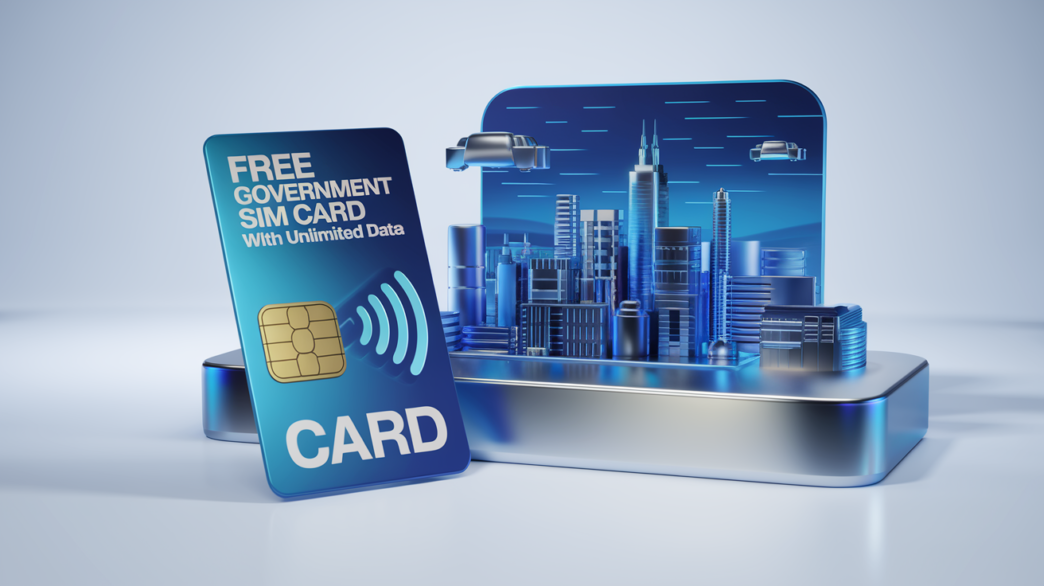iscover the Free Government SIM Card with Unlimited Data In 2025 – your key to seamless connectivity for work, school, and emergencies!
Click here to find the latest Free Government SIM Card with Unlimited Data


iscover the Free Government SIM Card with Unlimited Data In 2025 – your key to seamless connectivity for work, school, and emergencies!
Click here to find the latest Free Government SIM Card with Unlimited Data